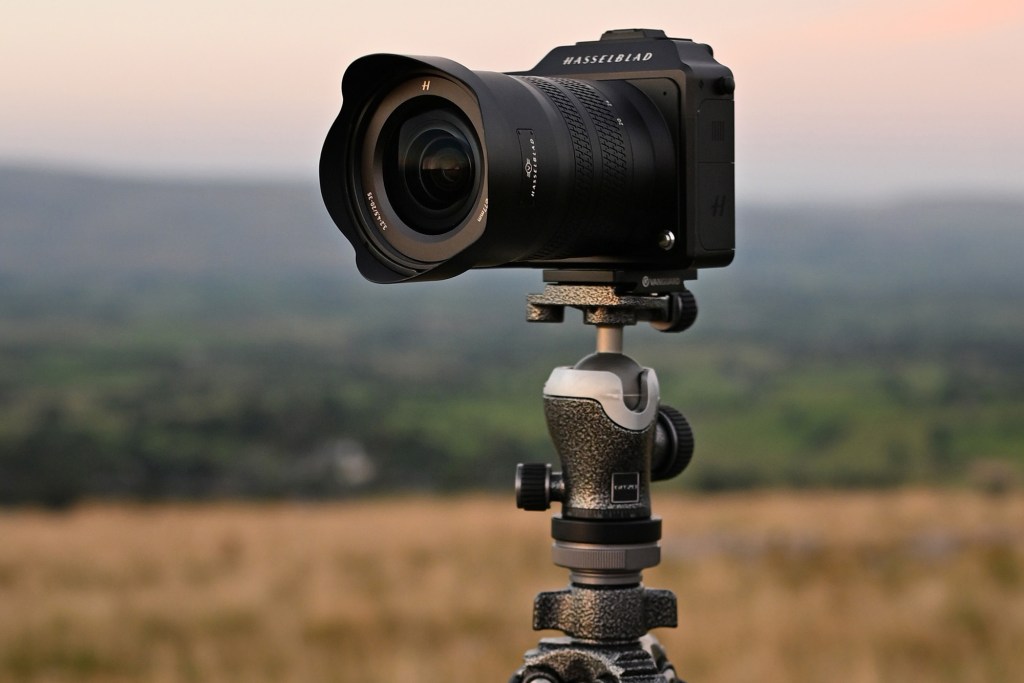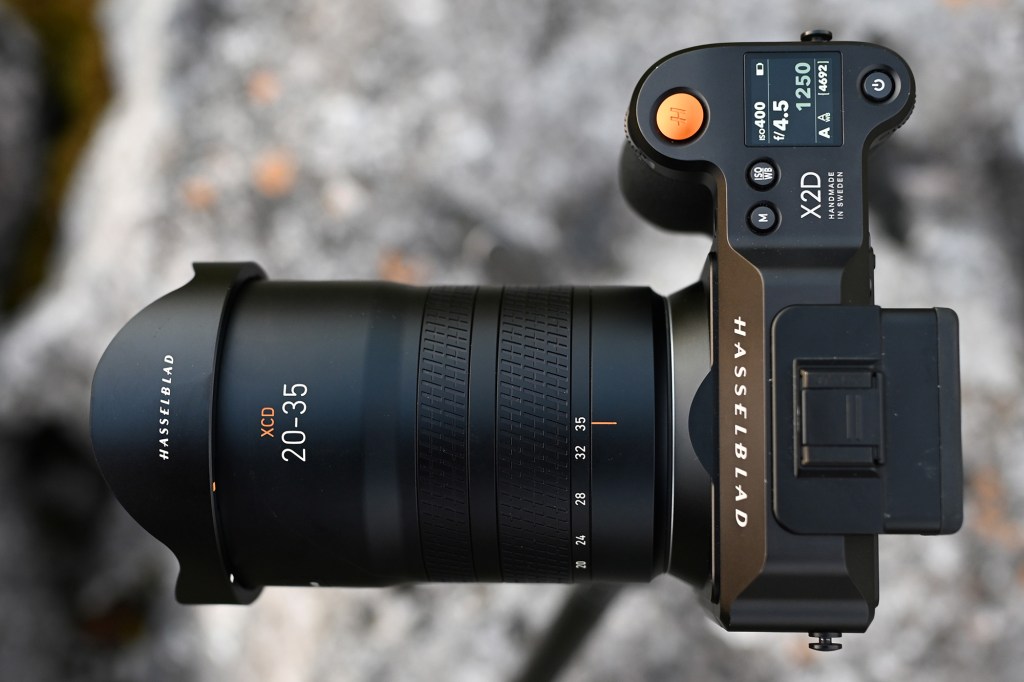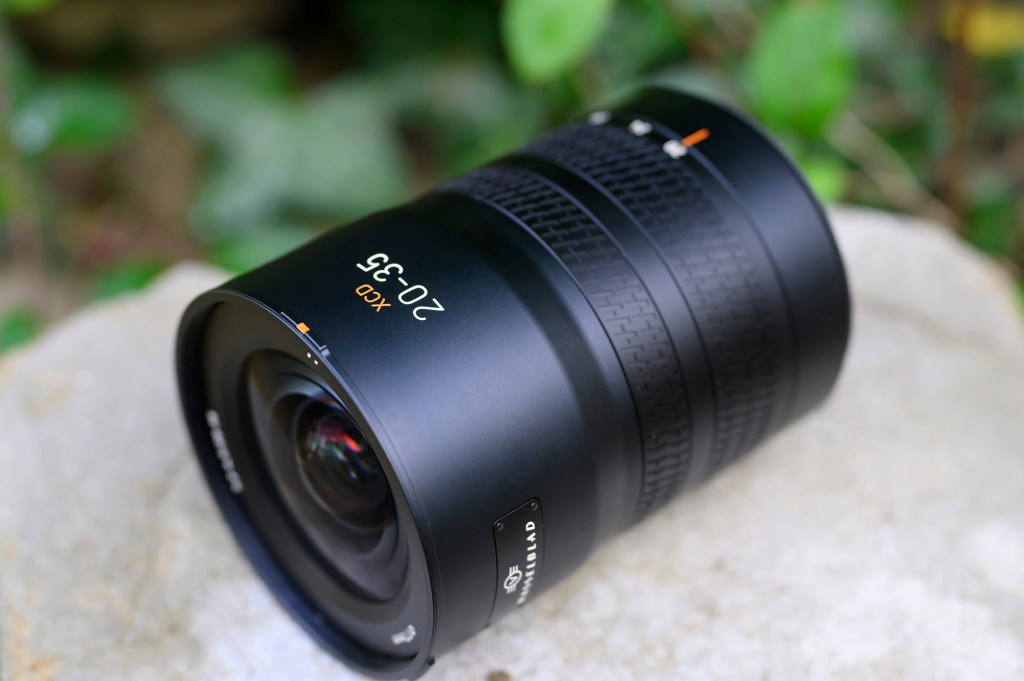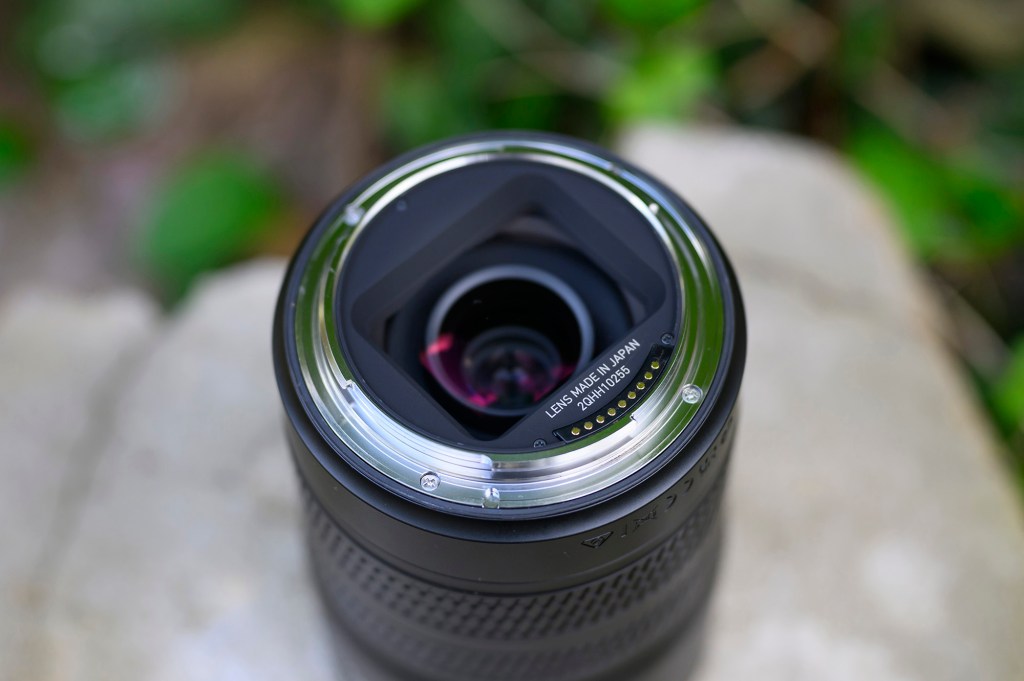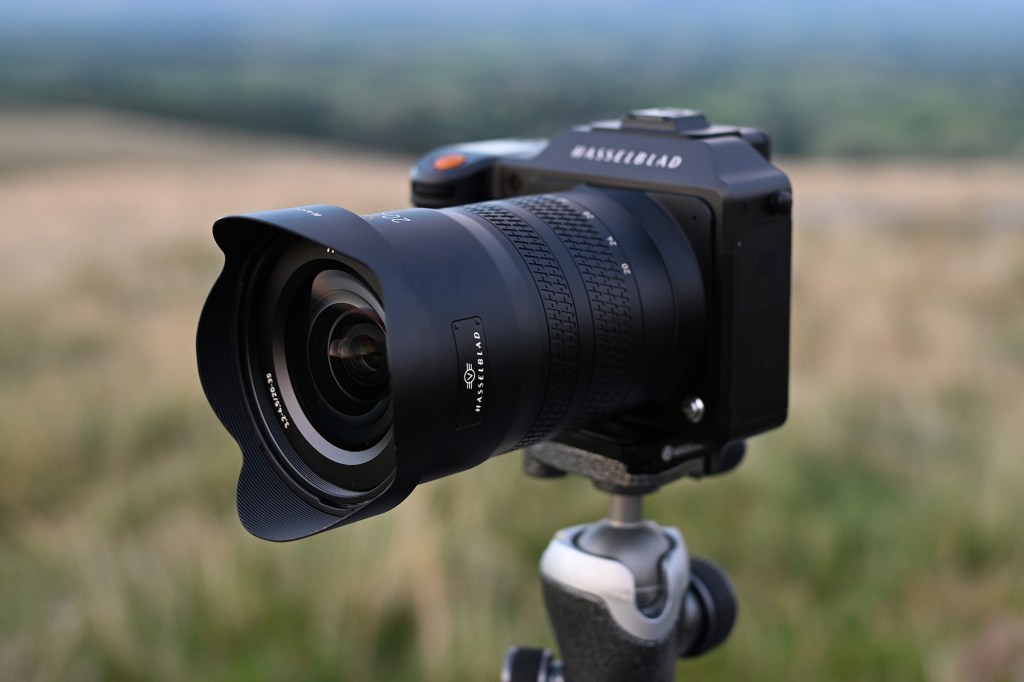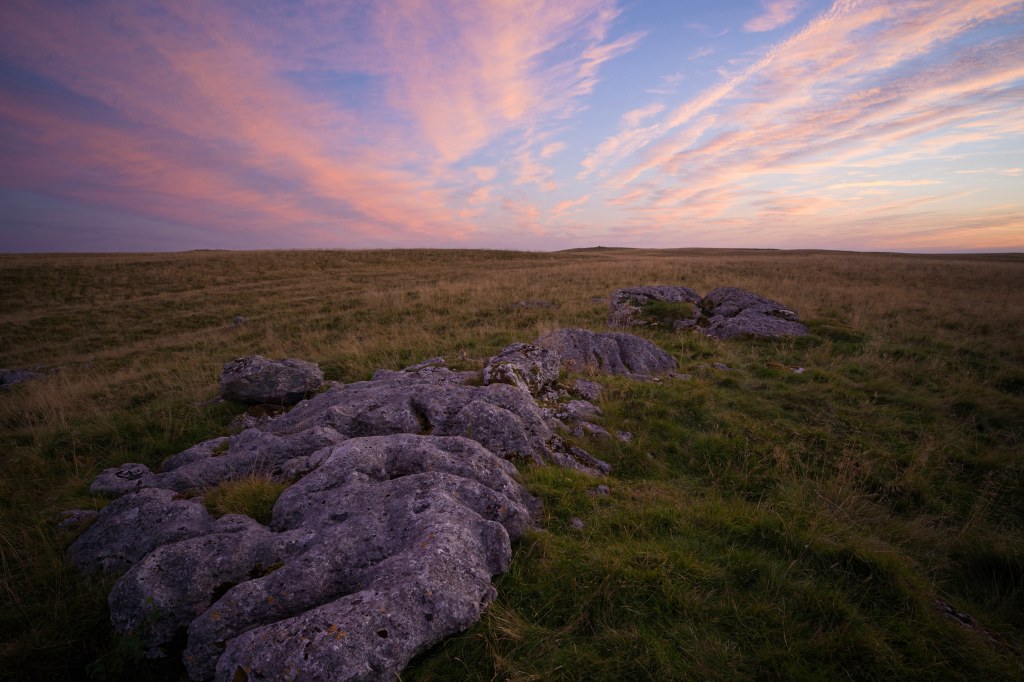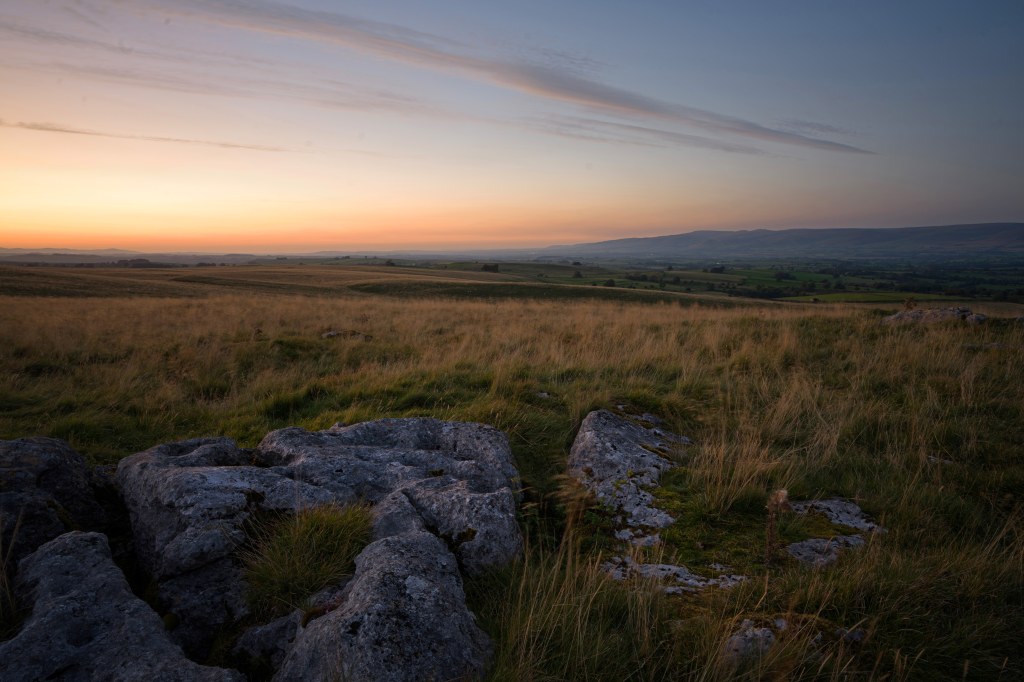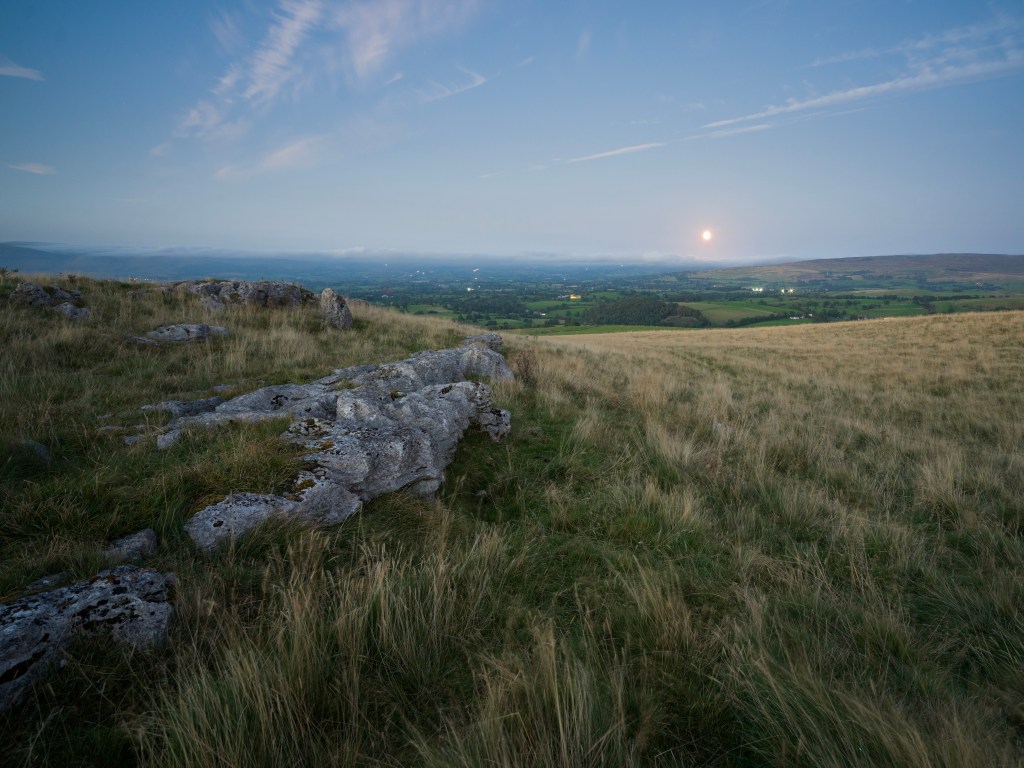Sometime around 2012, I bought my first ultra-wideangle zoom lens, a Nikon 16-35mm f/4G ED VR, for about £1000. This purchase made me anxious to the point of feeling physically sick. Not because I was worried about the quality, but because I’d never spent that much on a lens before. Would I get sufficient use out of it? Would I drop it on a Hebridean rock? Could I also afford to pay the mortgage that month?
Imagine then the level of stomach-twisting terror facing any suitor of the Hasselblad XCD 20-35mm f/3.2-4.5 E, a lens priced at $5929 / £5699. Or perhaps not, because presumably anyone shopping in the Hasselblad aisle has already put to bed monetary concerns in favour of sunlit uplands of premium build and image quality. But can this lens convince the rest of us?
Hasselblad XCD 20-35mm f/3.2-4.5 E – Features
Surely even to Hasselblad owners, a £5.5k lens still has to impress and the company begins its petition to your wallet by putting an ‘E’ after the name. This ‘E’ stands not for excessive or expensive, but for ‘Exclusive’ and for its target users, the lens is certainly one of a kind in terms of features. I tested it on an X2D 100C body, and for users of that or an X1D II 50C, 907X & CFV 100C/CFV II 50C, this is not just the only ultra-wideangle zoom available, but also offers the fastest aperture at the widest focal length in the current line-up.
The ‘E’ also promises unparalleled edge-to-edge optical quality throughout the focal range, via 16 elements in 12 groups, three of which are aspherical elements. Obviously, any flaws will show up clearly on the format’s 100-megapixel sensors.
Who’s it for, apart from oligarchs? Hasselblad pitches the lens at those shooting landscapes, cityscapes, interiors and even environmental portraits, where the 16-27mm equivalent focal range is a good fit. It’s worth noting that, at 1.75x, the zoom range isn’t particularly extensive and there are several contemporary primes that sit within it.

Low-light potential is certainly opened up by the wide maximum apertures, which equate to about f/2.5-3.5 in 35mm terms. It would be nice if the zoom had been a ‘proper’ fast lens, but that would have made it a lot bigger and heavier. As it stands, you can use f/3.2 from 20-24mm, and the lens measures a pretty portable 117x81mm and weighs 805g.
The lens has no image stabilisation, but that’s not uncommon in wide-angle zooms. But thanks to the X2D 100C’s sensor-shift system and the fact that these lenses’ leaf shutters are less prone to vibration, hand-held shooting in gloomy light is still a real possibility, even at such an unforgiving resolution. Its focusing module comprises a stepping motor and what Hasselblad says is a lighter, smaller focusing lens group for increased speed and accuracy.
Hasselblad XCD 20-35mm f/3.2-4.5 E – Build and handling
There is no doubt that this lens feels the part and it balances very nicely on the X2D 100C body. It’s a little front-heavy, but not so much that it required a separate tripod foot.
The lens’s metal barrel features zoom and focus rings and nothing else. The zoom ring sits closest to the camera and is the wider of the two, at around 20mm compared to 15mm. Both are grippy enough, using an engraved ‘H’ pattern, but they’re not easily discernible by touch so I occasionally mixed them up at first. The zoom ring has enough firmness to turn only when required, which is good. On a more idiosyncratic note, it zooms in by turning left and out by turning right, which always feels like the wrong way around to me. Yes, I’m well aware this is Nikon bias…
The zoom is internal, in that the lens doesn’t extend when operated. But the front element does move forward and back within the overall length and could therefore perhaps be prone to ingress of dirt, water, dust, twigs, husky fluff and so on. The lens does claim weather sealing though, and it seemed to get on fine in a few light showers.
Is a 1.75x zoom enough to give real versatility on a landscape shoot? I’d say it’s a cautious yes. I’ve gotten used to the extra range of 24-70mm and 24-120mm lenses, but I enjoyed the extreme field of view at the wide end, and zooming in gives just enough of a different perspective. You could get very similar framings with the 4/21 and 3.5/30 primes, but of course there is convenience in having it all there at a twist.
There are no switches and no customisable control ring as found on some of Hasselblad’s V series primes, so all focusing actions defer to the menu. As is usual these days, the manual focus ring isn’t physically linked to anything, but aside from a little motor-grinding noise on my sample, it worked fine alongside the X2D 100C’s MF assist modes. Focus position is retained when restarting the camera, but on a premium lens like this, it’d be nice to see a physical or menu-driven focus lock like on Sigma’s 14mm f/1.4 DG DN Art, which means you can, for instance, nail focus on stars at the start of an astro shoot and not have to worry about the sharpness wavering.
It’s a small thing to pick out, but I found the metal lens hood quite fiddly to fit. It was quite easy to put on crooked and it occurred to me that, while the use of metal is usually welcome, any slip near the front element could get a bit scratchy, so I was cautious when fitting it. On the plus side the 77mm filter thread keeps the cost of modification down.
Hasselblad XCD 20-35mm f/3.2-4.5 E – Autofocus
It’s fair to say most prospective users’ decision to buy this lens won’t be based on AF performance. Twinned with the Phase Detect AF of the X2D 100C it certainly does OK and is streets ahead of older camera and lens combos in this format. I found it sprightly in daylight, although it did focus better near the centre of the frame than the edges. However, it hunted a lot at night, which meant reaching for a torch to focus on some foregrounds.
The closest focus of 32cm is a nice option for those foregrounds though, and brings some good focus-stacking options into play, assuming your computer can handle composites of the 100MP per layer.
Hasselblad XCD 20-35mm f/3.2-4.5 E – Performance
When switching from primes to a zoom, it’s normal to expect some compromise in image quality, but the XCD 20-35mm f/3.2-4.5 E does exceptionally well in bridging the quality gap. The lens produces nice natural colour, and while it vignettes noticeably wide open, this is an easy fix in editing. There is some light barrel distortion at 20mm, but this is no longer noticeable by around 26mm. The lens showed very little sign of fringing even on high-contrast subjects against the light.
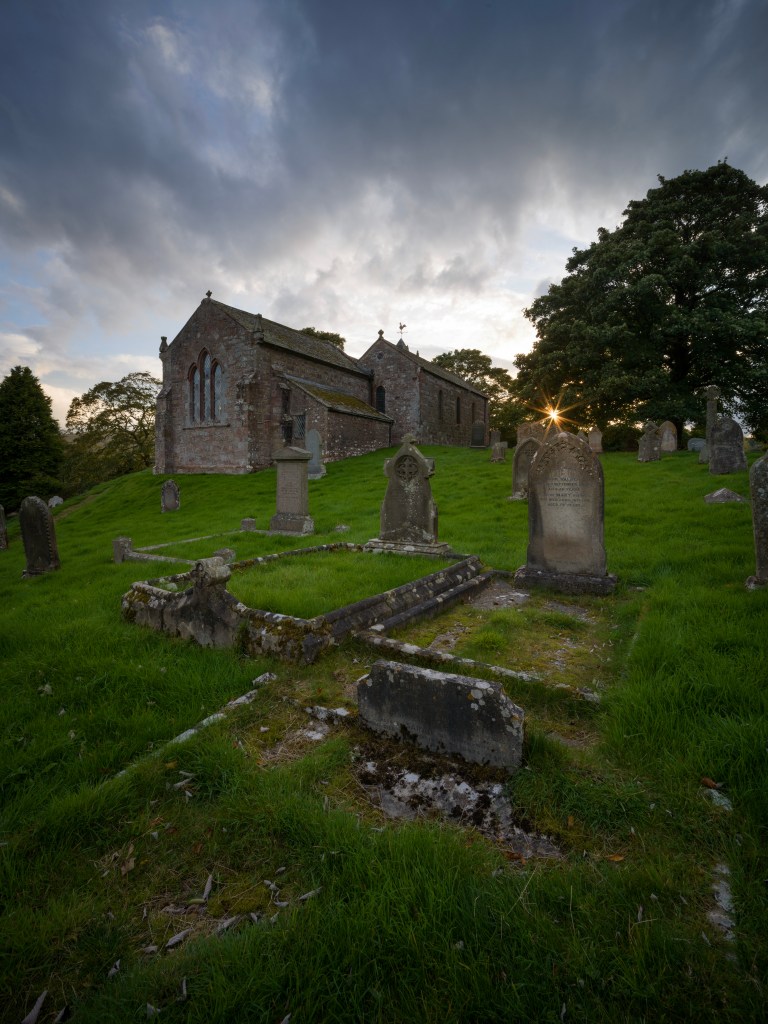
In terms of sharpness, the centre is very good, even wide open, becoming excellent at f/5.6 throughout the settings. I didn’t have the equivalent primes to test it against, but comparing previously shot images it seemed pretty close in centre sharpness. Corners are softer and more smeary at the widest apertures, but not in an ugly way, and the best combination of edge and centre was between f/8 and f/11, which to be fair is where most landscapers will want it.
Wide open and focused close, the lens produces some nicely defocused backgrounds, and bokeh is round, only squashing slightly towards the edges with a smooth transition from sharp to blurred. At the other end of the aperture scale, it’s possible to get some nice looking sunstars at f/16 and up, and flare is well controlled shooting into the light.
Hasselblad XCD 20-35mm f/3.2-4.5 E – Verdict
If you’re a Hasselblad X user who wants an ultra-wideangle zoom, the XCD 20-35mm f/3.2-4.5 E is most definitely the lens for you. Yes, it’s also the only one available for you, but don’t let that suggest it’s not a highly accomplished lens in its own right. The lens combines image quality befitting a 100MP sensor with excellent build and genuine versatility. If I already owned something like the £3559 XCD 2.5/25V, I would think hard about the upgrade, and only regular users of that lens will know if they feel restricted by the lack of framing options.
Away from Hasselblad’s primes, the closest competitor is the Fuji GF 20-35mm f/4 R WR. It’s a fine lens, and while slower at the short end, it’s less than half the price. Of course, this would necessitate a more troubling conversation about changing systems.
Ultimately, quality and versatility come at a price and whether its lenses, Hi-Fi equipment, running shoes or garden strimmers, anyone investing in high-end gear knows that there isn’t a straight line on the graph between more expenditure and greater return. At the top end, you pay more and more to inch forward, but the XCD 3,2-4,5/20-35E does break new ground.

Full Specifications
| Price | £5699 |
| Filter Diameter | 77mm |
| Lens Elements | 16 |
| Groups | 12 |
| Diaphragm blades | 9 rounded |
| Aperture | f/3.2-4.5 – f/32 |
| Min focus | 32cm |
| Length | 117mm |
| Diameter | 81mm |
| Weight | 805g |
| Lens Mount | Hasselblad X |
| Included accessories | Front and rear caps, pouch and hood |
Related reading:



